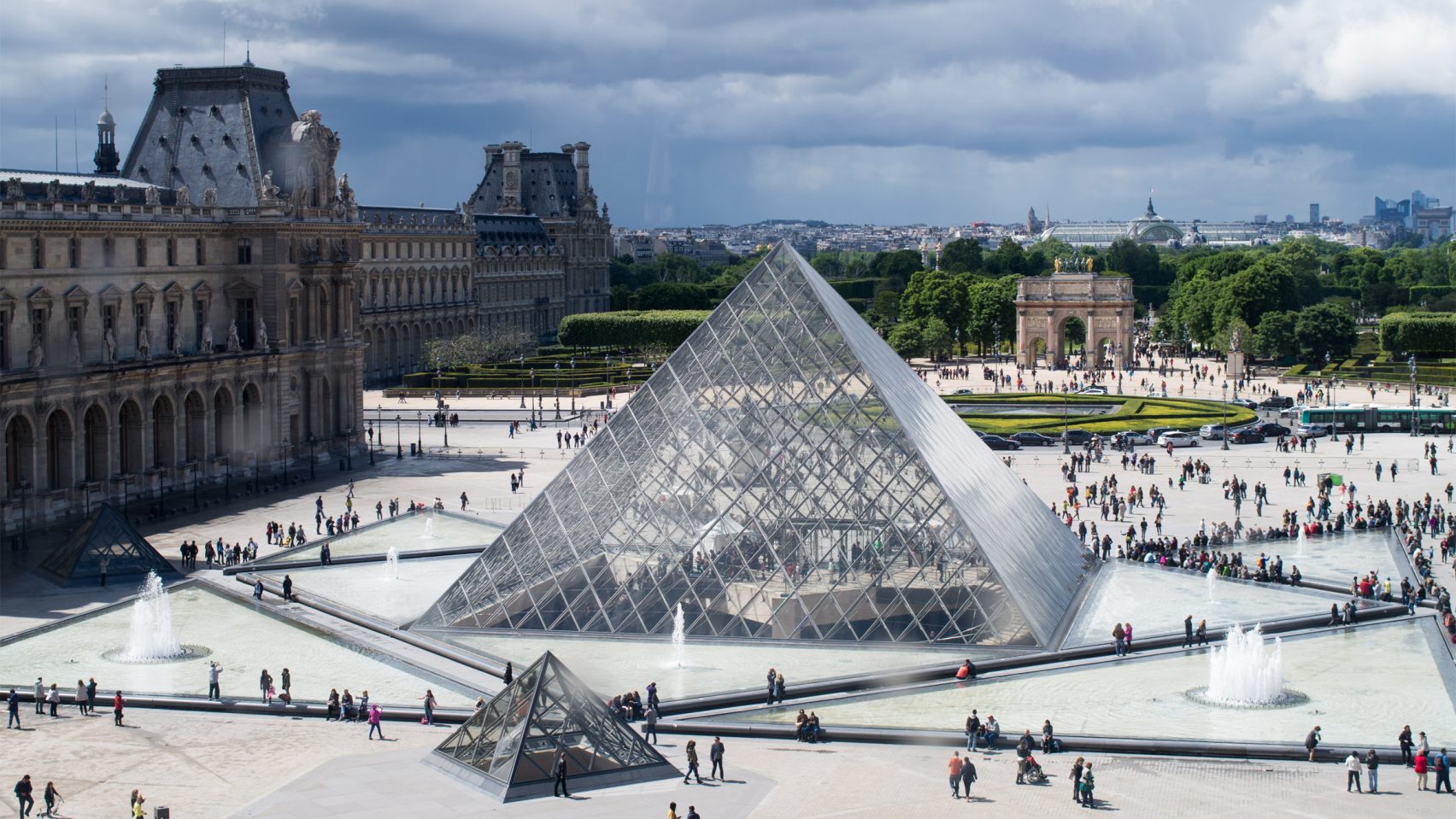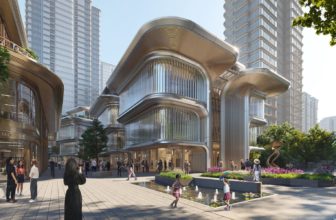The Pritzker Prize-winning Chinese-American architect I. M. Pei, the founder of Pei Cobb Freed & Partners (originally I.M. Pei & Associates) and 1983 Pritzker Prize winner, has died aged 102.
Pei, originally born in Guangzhou, China, in 1917, eventually moved to the United States in 1935 to attend architecture school at the University of Pennsylvania. Pei was unsatisfied and eventually left for MIT, before graduating and later attending the Harvard Graduate School of Design.
I.M. Pei took a break from his education to work for the National Defense Research Committee. In 1944, he returned to Harvard and earned his master’s degree in architecture two years later. Around this time, Pei also worked as an assistant professor at the university.
[irp posts=’168402′]
In 1948, I.M. Pei joined New York-based architectural firm Webb & Knapp, Inc., as its director of architecture. In 1955 he left to start his own firm, I. M. Pei & Associates (now known as Pei Cobb Freed & Partners). One of his first major projects was the Mile High Center in Denver, Colorado. Pei also devised several urban renewal plans for areas of Washington, D.C., Boston, and Philadelphia around this time. Pei’s first major recognition came with the National Center for Atmospheric Research in Colorado (designed in 1961, and completed in 1967). His new stature led to his selection as chief architect for the John F. Kennedy Library in Massachusetts. He went on to design Dallas City Hall and the East Building of the National Gallery of Art.

the Musée du Louvre in Paris
He returned to China for the first time in 1975 to design a hotel at F nor grant Hills and designed Bank of China Tower, Hong Kong, a skyscraper in Hong Kong for the Bank of China fifteen years later. In the early 1980s, Pei was the focus of controversy when he designed a glass-and-steel pyramid for the Musée du Louvre in Paris. He later returned to the world of the arts by designing the Morton H. Meyerson Symphony Center in Dallas, the Miho Museum in Japan, the Suzhou Museum in Suzhou, Museum of Islamic Art in Qatar, and the Grand Duke Jean Museum of Modern Art, abbreviated to Mudam, in Luxembourg.





